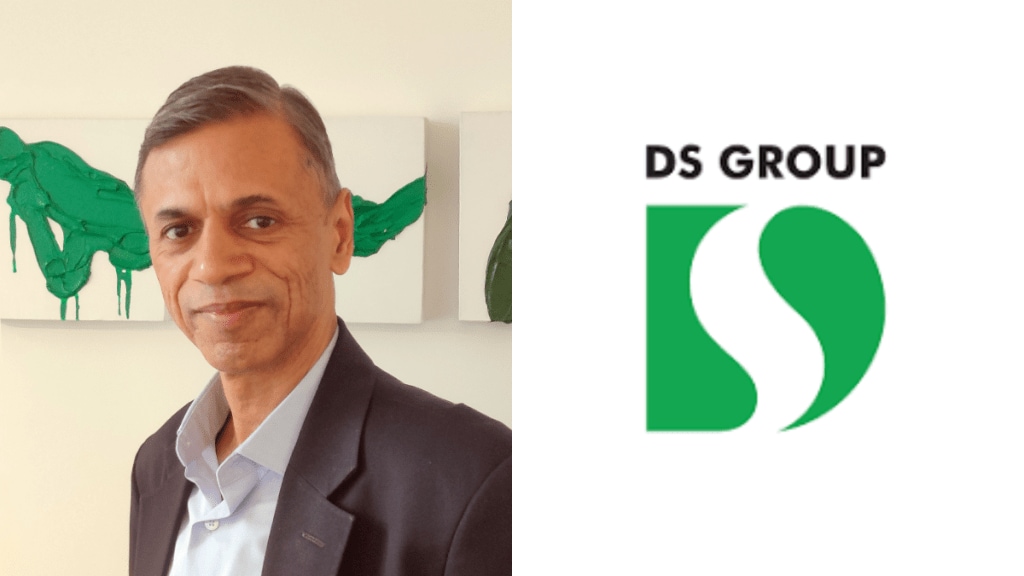The pandemic has brought about notable shifts across industries, and the case has been no different for marketing. Today, digital marketing has become a crucial aspect to acquire new customers and retain existing ones. In our weekly BrandWagon Ad Talk series, industry experts highlight what has changed over the past two years and more importantly, are these changes here to stay. Rajeev Jain, senior vice president- corporate marketing, DS Group, talks to BrandWagon Online, about the dos and don’ts of digital marketing, best marketing campaigns, and more.
What is the difference between launching a brand in today’s digital era versus earlier?
In the digital era, our marketing approach has evolved significantly. Previously, substantial investments were required in any brand launch as micro-segmentation and geographical-wise targeting had limited scope, but now, with digital platforms, even in small niche markets, the process has become more accessible and precise with minimum wastage. Depending on the response received, we have the flexibility to scale up initiatives. Additionally, the digital landscape allows for swift action, making the overall process more efficient. While various aspects of digital paves the way for different means of promotion as per set KPIs, we can also capture consumer feedback quicker and can evaluate product responses in different kinds of consumer segments which helps in consumer segmentation and tailoring content and offering accordingly.
What are the recent best marketing or advertising campaigns you have seen and why?
The recently introduced ‘Safety Mudras of Air India’ is a novel inflight safety video that seamlessly integrates safety instructions with traditional dance expressions from India. Air India is deeply intertwined with Indian culture, actively promoting and celebrating the rich tapestry of the nation. The airline’s endeavours extend beyond conventional approaches, employing innovative and engaging methods to showcase the vibrancy of Indian culture. Through creative initiatives, Air India seeks to forge a strong connection with passengers, fostering a unique and culturally enriching travel experience.
Which brand in the last year has made the best use of digital and how?
DS Group’s brand communication on digital platforms is unique making it immersive, experiential, and contextual, forging engaging and meaningful consumer connections. Pass Pass Pulse’s collaborations with platforms like Snapchat for events such as Mango Day and Candy Day, along with AI videos for festive occasions like Ganesh Chaturthi, showcases our commitment to leading in the digital space. These successful partnerships underscore DS Group’s agility in adapting to digital trends and leveraging collaborations to elevate our digital marketing initiatives. The recent celebration of World Compliment Day by Pass Pass Pulse was equally interesting when they commemorated the occasion with a heartfelt campaign that paid tribute to the local heroes within the society. It was trending on Twitter and was a huge success.
Also in the Catch brand, we integrated a weather signal-based API with our meta dashboard, enhancing the creative output via Midjourney to make our campaign appetising, promoting our Chaat Masala, Garam Masala, and Black Pepper that resonate with the food cravings that go with the rainy season like chai, samosa, pakoda and bhutta. Tailoring content to various languages based on regions, the campaign automatically activated during different rain signals like light, moderate, and heavy, and went offline when it wasn’t raining, showcasing seamless adaptability. This is probably one of the best and most relevant uses of digital.
Catch also launched a 3.5-minute-long format film only on the digital space on Mother’s Day MaaKaEhsaas reinforcing its positioning ‘Kyunki Khana Sirf Khana Nahi Hota,’.This campaign found its space in the brand’s TG in a highly engaging and emotional space. #MaaKaEhsaas, struck a chord with the audience, making the audience recall our core proposition. This campaign has delivered an Avg. VTR of 53% is 1.5 times higher than average and has been recognised by Google as a case study.
In a post-Covid world, what are the dos and don’ts of digital marketing?
In the era post COVID, the dos of digital marketing have become crucial. The pandemic accelerated India’s digital journey by four to five years, making it imperative for businesses to adapt. The surge in popularity of Over-the-Top (OTT) platforms and increased searches and viewership on YouTube underline the significance of digital channels.
Crafting content tailored to the digital audience and various formats is vital for effective engagement. This valuable data aids in refining marketing strategies and optimising expenditure. With a lot of consumers buying online, presence in the e-commerce marketplace becomes important.
In the post-COVID era, certain key don’ts in digital marketing must be acknowledged. Although digital platforms are crucial, neglecting other channels is unwise. With the omnichannel approach gaining popularity, it cannot be ignored and is essential for ensuring a cohesive and comprehensive marketing strategy.
Maintaining authenticity is critical. Recognising that consumer reactions can significantly impact reputation underscores the need for tactful and respectful digital engagement. Additionally, data-driven content should be cautiously approached, avoiding forcefulness and respecting privacy boundaries.
One recent bad case of advertising you have seen, and why?
Advertising should be careful about ensuring transparency, avoiding misleading claims, respecting cultural sensitivities, being inclusive, and maintaining ethical standards. A bad case of advertising is deceptive, insensitive, or fails to resonate with the target audience. It can harm a brand’s reputation, create negative perceptions, and lead to disengagement from potential customers.

